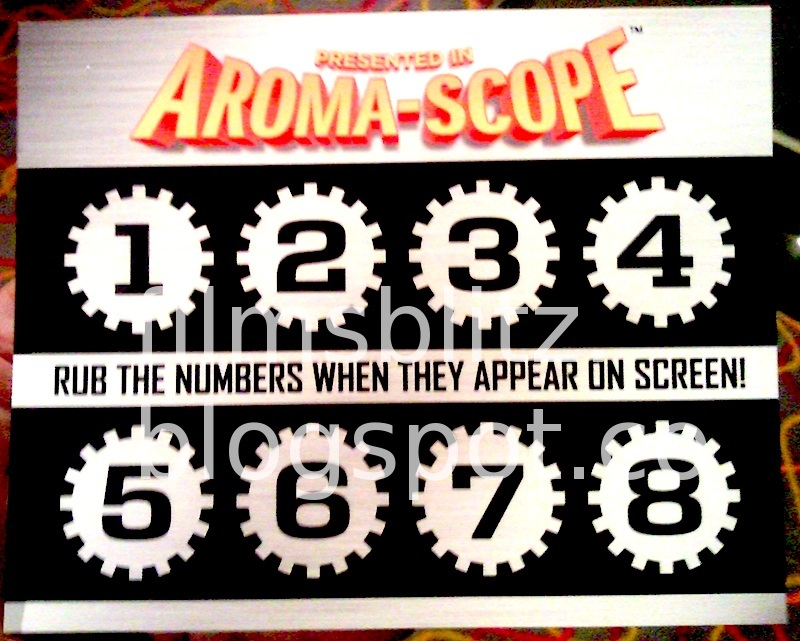1. A great innovation in business tech was announced on this day in 1959 - The Xerox 914.
It's hallmark was simplicity: unlike competitors, you simply placed your paper on glass and pressed a button.
How Chester Carlson invented it is a great story of risk and persistence.
It's hallmark was simplicity: unlike competitors, you simply placed your paper on glass and pressed a button.
How Chester Carlson invented it is a great story of risk and persistence.
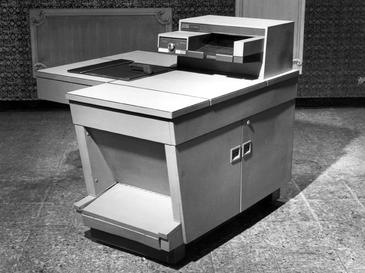
2. Carlson worked at Bell Labs in the 1930s in the patent dept. He had 100s of ideas for different inventions, but focused on copying because typing with carbon paper was messy and frustrating.
The "cc:" line in email today is a reference to carbon copy.
The "cc:" line in email today is a reference to carbon copy.
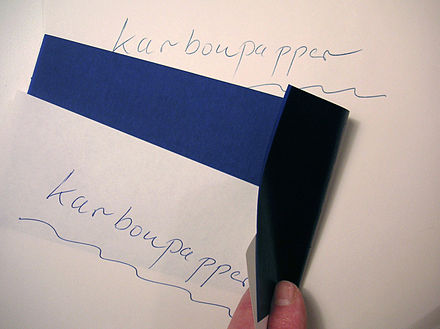
3. Carlson was fired in 1933 (Great Depression). By 1936 he had a new job and went to night school to study law.
Too poor to buy books, he had to hand copy them from the library! Copying was his nemesis.
There he learned about Pál Selényi's (shown) work on electrostatic images.
Too poor to buy books, he had to hand copy them from the library! Copying was his nemesis.
There he learned about Pál Selényi's (shown) work on electrostatic images.
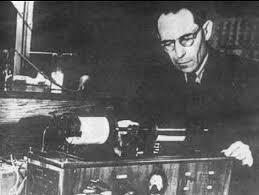
4. He did chemical experiments in his own home, to the annoyance of his family and neighbors.
He made smelly compounds, melted sulfur (!) over zinc plates in the kitchen smelling like rotten eggs, started a fire...
By 1938 his wife told him he had to do his work elsewhere.
He made smelly compounds, melted sulfur (!) over zinc plates in the kitchen smelling like rotten eggs, started a fire...
By 1938 his wife told him he had to do his work elsewhere.
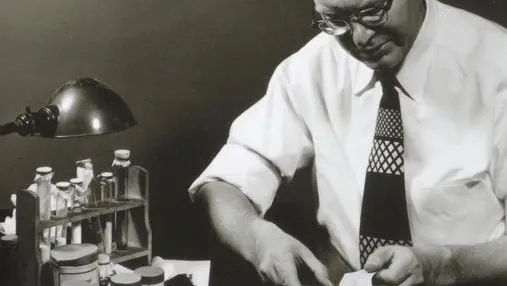
5. Using Selényi's ideas (roughly: use light to remove static charge, not create it) and his own, after many experiments he had a 'breakthrough' in 1938:
"Things don’t come to mind readily, all of a sudden, like pulling things out of the air"
This is the first xerox in history.
"Things don’t come to mind readily, all of a sudden, like pulling things out of the air"
This is the first xerox in history.
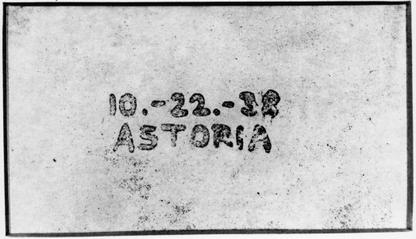
6. He soon had a patent but... rough times were ahead.
Between 1939 and 1944 he was turned down by 20 companies, including IBM and the U.S. Navy.
He and his wife Elsa von Mallon divorced. He described the marriage as "an unhappy period interspersed with sporadic escapes."
Between 1939 and 1944 he was turned down by 20 companies, including IBM and the U.S. Navy.
He and his wife Elsa von Mallon divorced. He described the marriage as "an unhappy period interspersed with sporadic escapes."
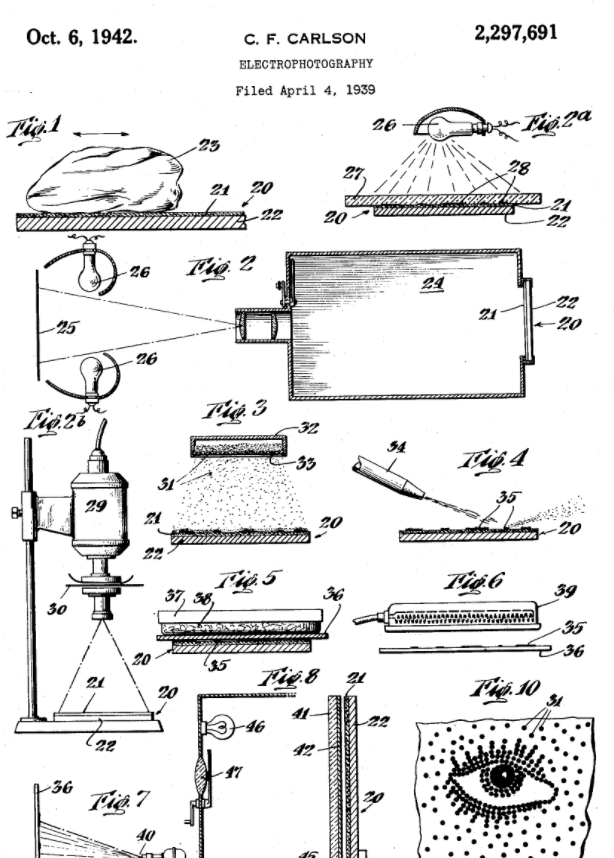
7. Carlson demoed his work to an engineer from Battelle, who was only there his employer's office to testify for a patent case.
Battelle never took in outside ideas but were impressed and offered $$$ support.
It only took 20 YEARS, but he finally had support for his idea.
Battelle never took in outside ideas but were impressed and offered $$$ support.
It only took 20 YEARS, but he finally had support for his idea.

8. In 1946 they signed a deal with Haloid (later to be renamed Xerox), a competitor to Kodak.
In 1948 they released the XeroX Model A Copier.
It required 39 STEPS to make a single copy.
In 1948 they released the XeroX Model A Copier.
It required 39 STEPS to make a single copy.
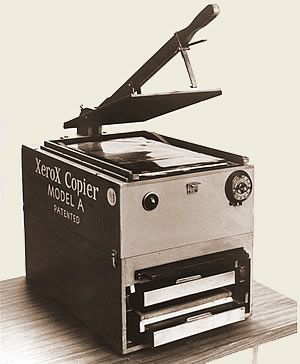
9. Another decade of development led to the Xerox 914 - named because it could copy paper up to 9" x 14".
It was quickly popular because:
- simple to use
- didn't damage originals
- you could rent it
- used regular paper
It took almost 30 years but Carlson's dream was real.
It was quickly popular because:
- simple to use
- didn't damage originals
- you could rent it
- used regular paper
It took almost 30 years but Carlson's dream was real.
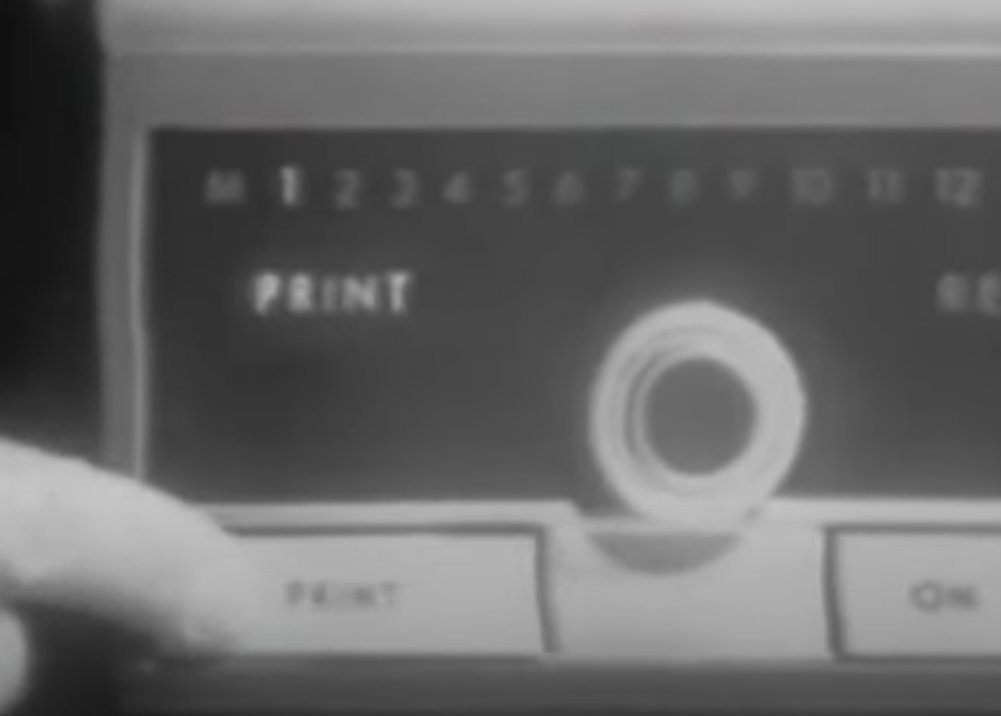
10. As with most new tech, it had some problems.
It tended to overheat (one demo model caught on fire on launch day), often enough that It came with a "scorch eliminator" - a sales friendly term for fire extinguisher.
Ralph Nader's machine caught fire 3 times in 4 months.

It tended to overheat (one demo model caught on fire on launch day), often enough that It came with a "scorch eliminator" - a sales friendly term for fire extinguisher.
Ralph Nader's machine caught fire 3 times in 4 months.

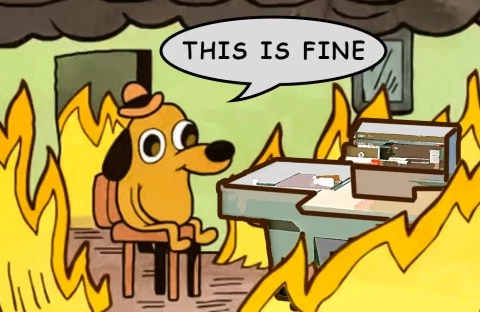
11. They had success marketing it on ease of use - including a TV ad where a young girl, Debbie, makes copies.
A follow up ad used a chimpanzee, but led to harassment for (mostly women) secretaries and was rarely used.
A follow up ad used a chimpanzee, but led to harassment for (mostly women) secretaries and was rarely used.
12. Compared to today it's true these machines were:
a) large
b) hard to maintain
c) fragile
d) paper jammed ('mispuff') often
Often requiring a small team of people who maintained them. But relative to competitors it was a breakthrough in many ways.
a) large
b) hard to maintain
c) fragile
d) paper jammed ('mispuff') often
Often requiring a small team of people who maintained them. But relative to competitors it was a breakthrough in many ways.

13. The story of Xerox and Carlson is a great example to learn from - it doesn't suffer from any of the Myths of Innovation.
He gave most of his fortune away, anonymously, including support for Buddhism, NYCLU and the NAACP. He died in 1968.
He gave most of his fortune away, anonymously, including support for Buddhism, NYCLU and the NAACP. He died in 1968.

14. References:
en.wikipedia.org/wiki/Chester_C…
amazon.com/Copies-Seconds…
cosmosmagazine.com/technology/sci…
en.wikipedia.org/wiki/Battelle_…
books.google.com/books?id=ZYurh…
davids-book-reviews.blogspot.com/2014/12/
en.wikipedia.org/wiki/Chester_C…
amazon.com/Copies-Seconds…
cosmosmagazine.com/technology/sci…
en.wikipedia.org/wiki/Battelle_…
books.google.com/books?id=ZYurh…
davids-book-reviews.blogspot.com/2014/12/
15. Carlson's story is one of many told in The Myths of Innovation. If you like it, you should check out the book.
Here is a good place to start.
scottberkun.com/2013/ten-myths…
Here is a good place to start.
scottberkun.com/2013/ten-myths…
• • •
Missing some Tweet in this thread? You can try to
force a refresh








